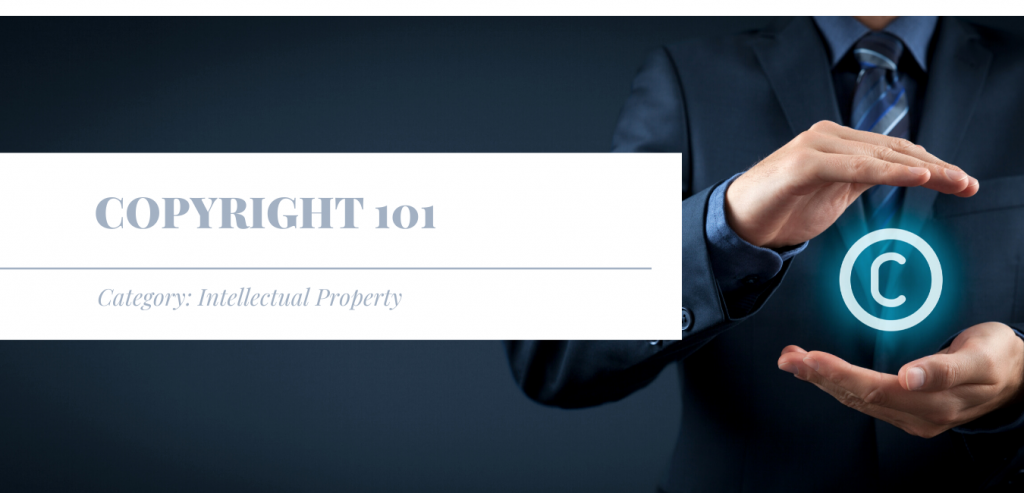In Australia, Copyright protects the original expression of ideas and information embodied in a tangible form, not the ideas themselves. Copyright will automatically subsist in works and subject matter if they: fall into a subject matter capable of copyright protection; are in material form; have sufficient connection to Australia; and are original, in accordance with the Copyright Act 1968 (Cth). Generally, the author of the work is the owner of any copyright and there may be co-ownership where there is more than one author (ownership may differ in case of commissioned works or works produced in the course of your employment).
Copyright in Works
The categories of original works in which copyright may subsist are literary, dramatic, musical and artistic works (Part III of the Copyright Act). Copyright, in relation to a work, gives the copyright owner the exclusive rights such as to reproduce the work in a material form; to publish the work; or to communicate the work to the public.
Generally, the duration of copyright in works is 70 years after the calendar year in which the author of the work died (s 33 Copyright Act).
Copyright in Subject Matter
The categories of subject matter in which copyright may subsist are sound recordings, cinematographic films, broadcasts and published edition of works (Part IV of the Copyright Act). Copyright, in relation to subject matter, gives the copyright owner the exclusive rights such as to make a copy and to communicate the subject matter to the public.
The duration of copyright in subject matter varies from 50-70 years after the calendar year it is made (s 33 Copyright Act).
Copyright is personal property and is transmissible by assignment, by will and by devolution of operation of law (s 196 Copyright Act).
Has your Copyright been infringed?
Your copyright is infringed if another person without your authorization does any act you as the copyright owner have the exclusive right to do (s 13 Copyright Act). The proportion of material that must be copied in order to establish infringement must be a substantial part (s 14 Copyright Act). The infringer must take either directly or indirectly from the original works. You may take infringement action against either the infringer, or the person who authorised the infringing act.
‘Where there is substantial similarity, that similarity is prima facie evidence of copying’
– King Features Syndicate Inc v O&M Kleeman Ltd 1941
You should be aware there are several defenses to infringement regarding fair dealing including research and study, criticism and review, news reporting, private and domestic use.
You may have a Remedy
There are several different remedies available to copyright owners in cases of infringement; these include Anton Piller orders, injunctions, civil damages, an account of profits, actions for conversion or detention as well as criminal penalties.
The Next Step
If your copyright is infringed and would like to discuss the above remedies, we would be pleased to hear from you.
We look forward to working with you to achieve your aims and protect your interests.
Please call 1300 000 770 or email admin@glaser.net.au to make your appointment.



